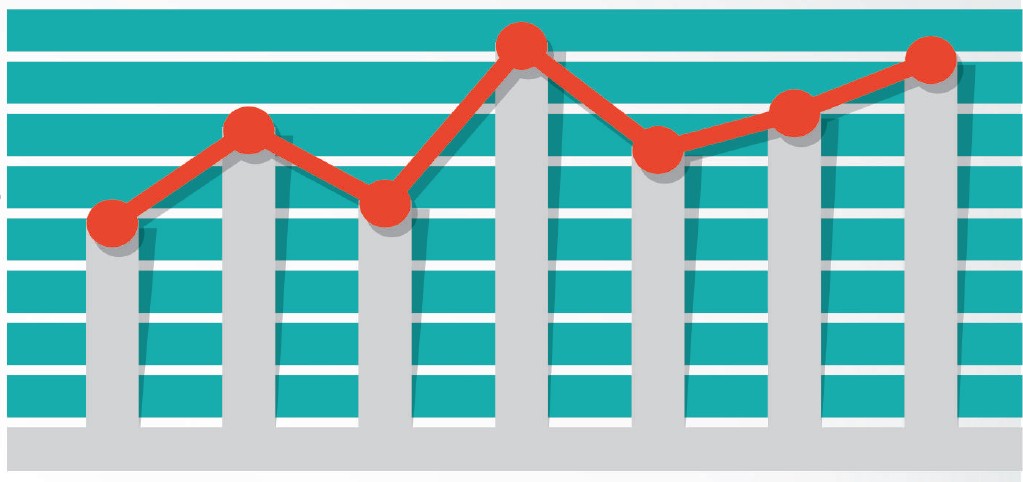How Predictive Analysis Is Getting popular?
There is a fine yet conspicuous difference between a successful web business model and a successful and sustainable web business model. In case of a web business that aims to sustain and succeed, which is what every business owners would love to achieve, the same metrics are to be incorporated but, with the addition of foresight. This foresight or predictive analysis is what that is necessary for a business to sustain, develop and prosper in the upcoming future.
Predictive Analysis is the technique that involves mining of data and analysis of statistics to give a prediction of future user behaviour, trends, events etc. This technique clears the mirages ahead of web businesses and gives them a clear view of what lies ahead so that mistakes are avoided and adjustments in tune with the upcoming events are made in time.
Companies that benefited with Predictive Analysis Techniques:
A lucid example of predictive analysis can be found in Facebook’s news feed. In its nascent stage, Facebook’s news feed feature used to display updates of all of a user’s friends in a chronological order. However, the news feed now prominently features updates from those friends/family with whom the user interacts most. This is due to the wave of the predictive analysis wand that resulted in the creation of an algorithm that predicts which stories a user might be interested in, based on most frequent interactions and profile details.
An aspect of Amazon where the implementation of predictive analysis is ubiquitous is the recommendations that one sees on the website. These recommendations are smartly displayed to users compelling them to view more and consequently end up purchasing more. The cause behind this smart display and effective business tactic is a diligent analysis of user behavioural patterns and terabytes of scattered data.
Predictive Analysis Techniques:
Predictive Analysis encompasses a number of techniques that are employed to know about the likelihood of events, assessment of user behaviour and probable consequences for a range of decisions.
These techniques are broadly classified under
- Predictive : Deals with the assessment of probable customer behaviour.
- Descriptive: Deals with the analysis of past performances and patterns.
- Decision Models: Describes the relationship between all of a decision’s elements and its variables to foresee the results of those decisions.
Making the most of Predictive Analytics to improve conversion rates:
Predictive analytics factors in all possible variables that help the marketer devise the right strategy to generate the desired engagement with customers – from providing timely and accurate sales forecasting insights, to equipping them with opportunities to improve diagnosis.

These insights can range from
- What time of the day your website can witness maximum traffic - This lets owners monitor their incoming traffic by knowing what time most visitors are hitting their website. These insights might be useful to offer special coupons for online store to drive sales and help target the right audience for their business.
- What products/pages will receive high impressions - Here we can find out where sales are really coming from and see which of your marketing efforts are giving the best return on investment, with insights that show your traffic and revenue by channel.
- Which region you can expect the bulk of the orders to come from - Perhaps this is an effective approach for companies with large national or international markets because different consumers in different regions have different needs, wants and cultural characteristics that can be specifically targeted at creating niche segments to promote and sell their products or services.
As in the case of any other technique, system or ideology, Predictive Analysis is not flawless and perfectly accurate either. It must always be remembered that though predictions are made and probabilities seen on the basis of scientific reasoning and logical analysis, they still remain an “Analysis”, a “Probability”. Their limitations not withstanding, this technique is no longer the prerogative of renowned industry stalwarts but is being implemented by small, large companies and unicorn start-ups alike.

